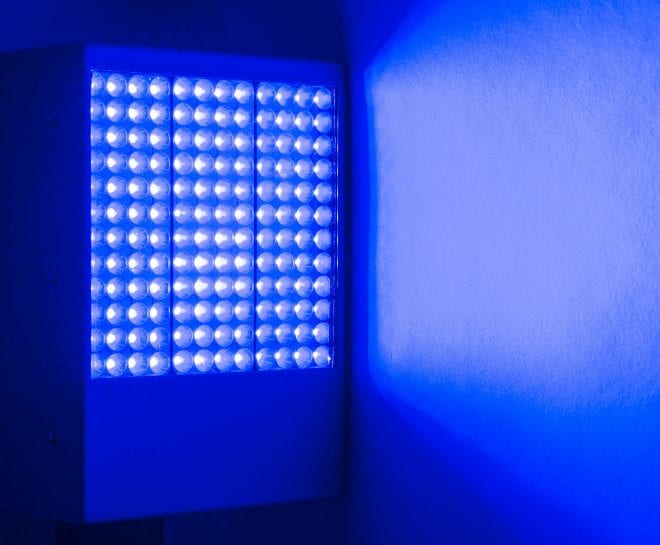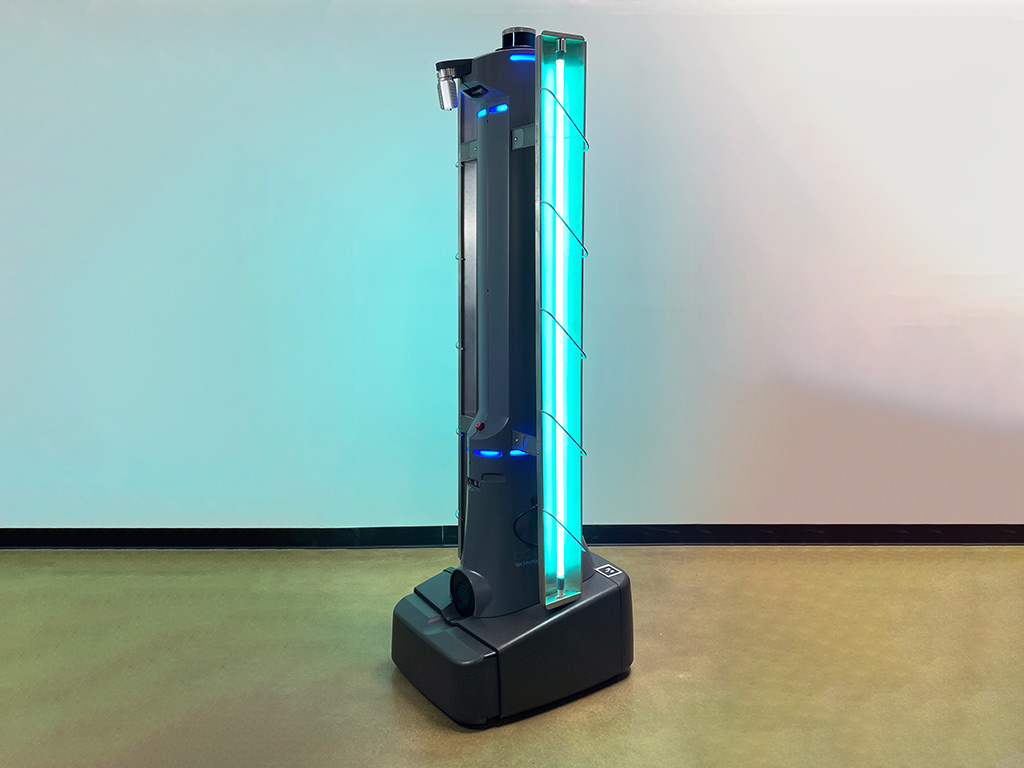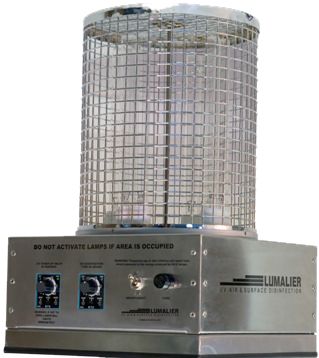Unveiling the Power of Far-UVC in UV Sanitizers: Next-Level Protection for Your Space
Unveiling the Power of Far-UVC in UV Sanitizers: Next-Level Protection for Your Space
Blog Article
Exploring the Conveniences of Far UVC Light: Revolutionizing Indoor Air Quality
Indoor air high quality has always been an issue, but the current worldwide health and wellness crisis has brought it right into sharper emphasis. As we navigate the obstacles of a post-pandemic world, discovering innovative options to boost air quality has actually come to be vital. One such service that has actually acquired focus is Far UVC light. This cutting-edge technology has the potential to revolutionize interior air quality by effectively neutralizing air-borne pathogens without positioning harm to people. How specifically does Far UVC light job? What are its health advantages? And exactly how can it add to minimizing allergens in our space? In this conversation, we will certainly discover the interesting globe of Far UVC light and uncover its possibility in transforming the way we guard our indoor settings.
How Much UVC Light Functions
Far UVC light functions by producing short-wavelength ultraviolet light that has the capacity to penetrate and inactivate bacteria. Unlike typical UV light, which can be dangerous to human skin and eyes, far UVC light has a shorter wavelength that is taken in by the outer layers of human skin, stopping it from reaching the underlying living cells. This makes it a effective and risk-free alternative for constant disinfection in busy spaces.
When much UVC light is released, it communicates with the DNA and RNA of microorganisms, including viruses and microorganisms, disrupting their capability to duplicate and triggering them to become non-active. The high energy of the short-wavelength light problems the molecular structure of the genetic product, avoiding the microbes from duplicating and spreading out.

Furthermore, much UVC light can be conveniently incorporated right into existing lights fixtures, making it a cost-efficient option for a wide variety of applications, including medical care centers, colleges, workplaces, and mass transit. Its ability to continually sanitize occupied areas without presenting a risk to human health makes much UVC light an encouraging technology in the area of indoor air quality administration.
Far UVC Light's Effect on Airborne Pathogens
The influence of far UVC light on air-borne pathogens is significant in reducing the transmission of transmittable diseases and boosting interior air high quality. Far UVC light describes a particular series of ultraviolet light that has a wavelength in between 207 and 222 nanometers. Unlike conventional UVC light, which is dangerous to human skin and eyes, far UVC light has actually been located to be risk-free for humans while still working against pathogens.
Studies have actually revealed that far UVC light has the capacity to suspend a variety of airborne infections, consisting of the flu infection and the coronavirus (far-uvc). These pathogens are transmitted with respiratory beads, and by utilizing much UVC light, it is possible to lower their viability and prevent their spread
One of the key benefits of utilizing much UVC light is its capability to reach all locations of a space. Unlike other sanitation approaches that might have limited reach, much UVC light can be installed in overhanging lights components, ensuring that the whole area is dealt with. This makes it specifically effective in crowded locations such as health centers, institutions, and public transport.
Additionally, far UVC light can be used constantly without posing a risk to human wellness. It can be executed as part of an extensive strategy to improve indoor air quality by reducing the concentration of airborne pathogens. By integrating far UVC light right into existing ventilation systems, it is feasible to develop much safer and much healthier indoor atmospheres.
Health Advantages of Far UVC Light
Utilizing much UVC light supplies various wellness advantages, making it a valuable tool in promoting public wellness and security. Far UVC light has been located to efficiently kill airborne microorganisms, such as viruses and germs, without hurting human skin or eyes. This makes it a perfect service for disinfecting interior atmospheres and decreasing the risk of infections.
One of the key wellness benefits of much UVC light is its capability to battle the spread of airborne illness. Researches have actually shown that far UVC light can effectively suspend infections like influenza and consumption. By setting up much UVC lights in public spaces, such as institutions, health centers, and workplaces, the transmission of these diseases can be considerably decreased.
In addition, much UVC light has been found to be secure for constant exposure, as it does not trigger skin damage or enhance the danger of skin cancer. This is because of the fact that far UVC light has a minimal array of penetration in human skin, avoiding any injury to deeper layers.
Along with its direct effect on airborne virus, far UVC light can likewise have indirect health benefits. By reducing the existence of hazardous microorganisms airborne, it can boost interior air high quality, causing a reduction in breathing signs and symptoms and allergies.
Far UVC Light's Role in Minimizing Irritants

Much UVC light, with its wavelength in the array of 207 to 222 nanometers, has been shown to be effective in inactivating germs, viruses, and fungi. Current research studies have additionally revealed that it can properly minimize the presence of irritants in indoor rooms. When much UVC light is given off, it communicates with the DNA and RNA of microbes, damaging their hereditary material and stopping their replication.
Far UVC Light's Potential in Public Spaces
With its tried and tested efficiency in reducing irritants and inactivating microbes, much UVC light holds excellent prospective for application in public rooms. Public areas, such as hospitals, workplaces, airports, and schools, are commonly crowded and vulnerable to the spread of airborne illness. Incorporating much UVC light modern technology in these locations can considerably improve indoor air top quality and reduce the transmission of hazardous pathogens.
One appealing application of far UVC light in public spaces is in ventilation systems - far-uvc. By setting up far UVC lamps in heating and cooling systems, the innovation can sanitize the air as it distributes, successfully minimizing the concentration of airborne viruses and germs. This method can help protect against the spread of illness such as tuberculosis, influenza, and covid-19, promoting a much healthier and much safer environment for passengers
Additionally, far UVC light can be used in the sanitation of frequently touched surface areas. High-touch locations in public spaces, such as doorknobs, handrails, and lift buttons, can harbor a wide range of pathogens. By purposefully placing much UVC source of lights in these areas, the technology can constantly decontaminate surfaces, minimizing the threat of contamination and transmission.
Moreover, making use of far UVC light in public spaces is risk-free for human direct exposure. Unlike traditional UVC light, which can be damaging to human skin and eyes, far UVC light has been proven to be safe and safe for continuous procedure in occupied areas. This makes it an ideal option for boosting interior air quality without presenting any click here now type of health risks to people.
Verdict

Far UVC light works by emitting short-wavelength ultraviolet light that has the ability to pass through and inactivate microbes. Unlike typical UV light, which can be harmful to human skin and eyes, far UVC light has a shorter wavelength that is absorbed by the external layers of human skin, avoiding it from reaching the underlying living cells. Far UVC light refers to a details variety of ultraviolet light that has a wavelength between 207 and 222 nanometers. Unlike conventional UVC light, which is damaging to human skin and eyes, far UVC light has actually been located to be risk-free for humans while still being reliable versus microorganisms.
Unlike conventional UVC light, which can be harmful to human skin and eyes, much UVC light has actually been proven to be safe and safe for this link continuous procedure in occupied areas.
Report this page